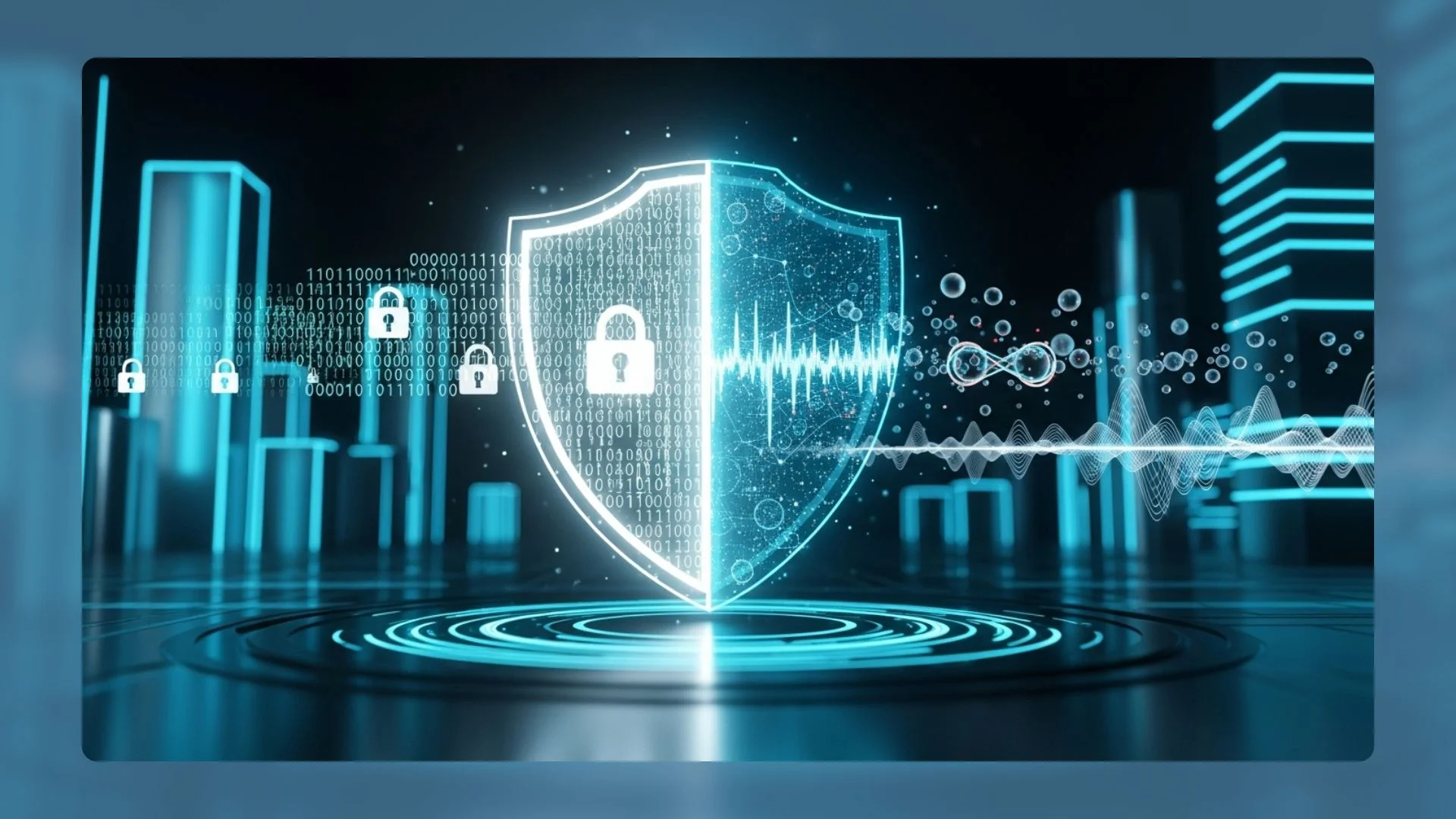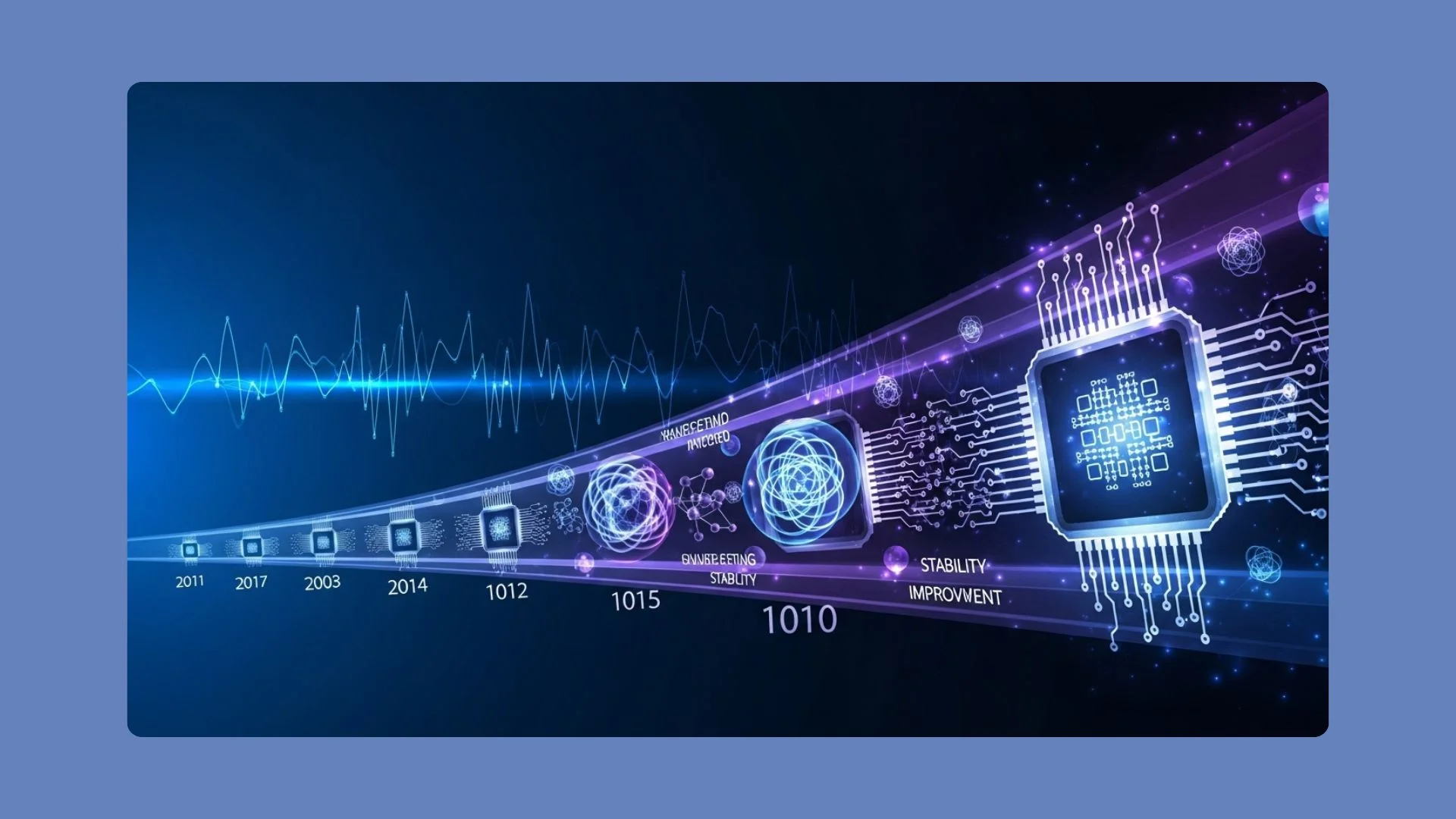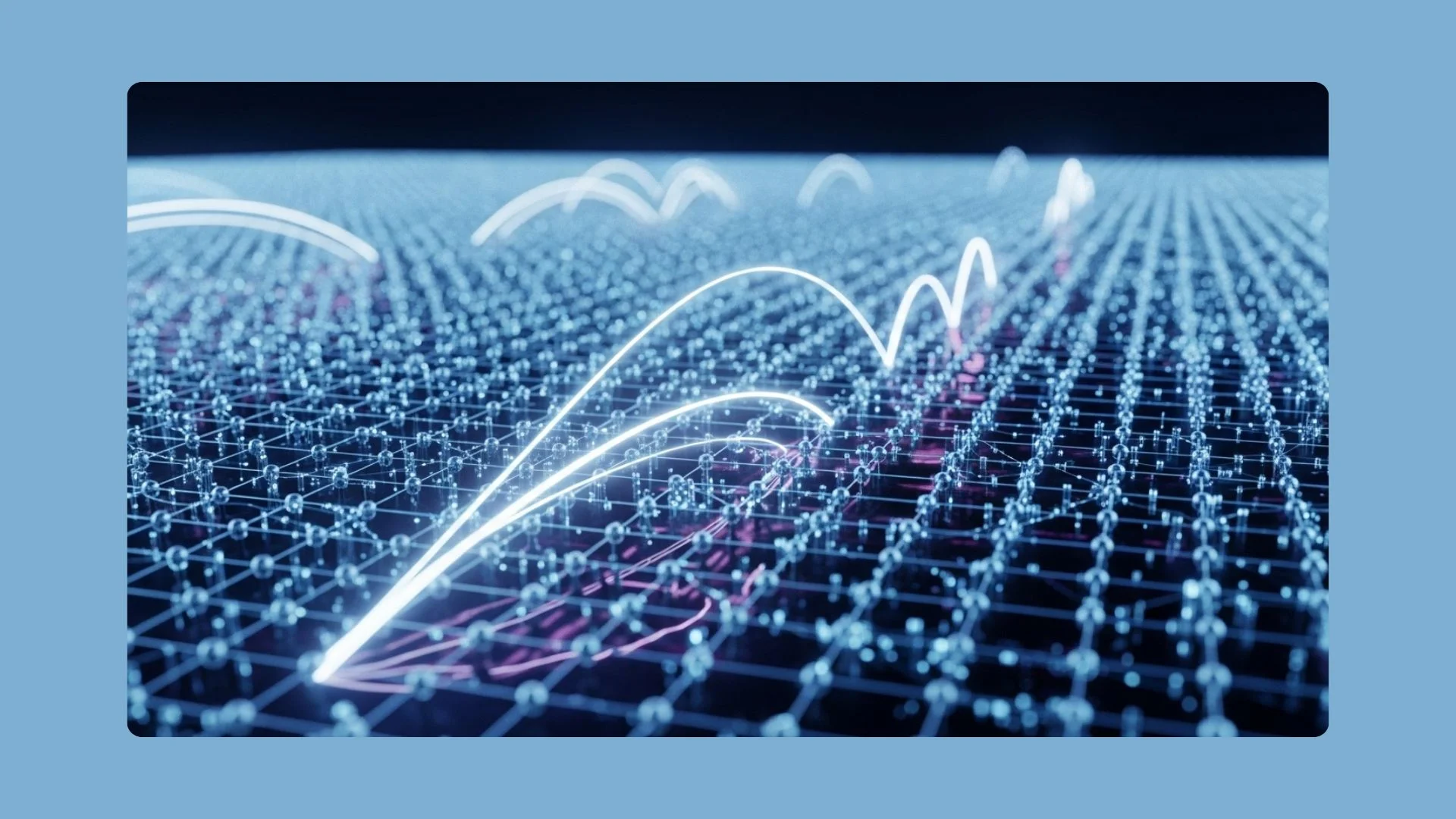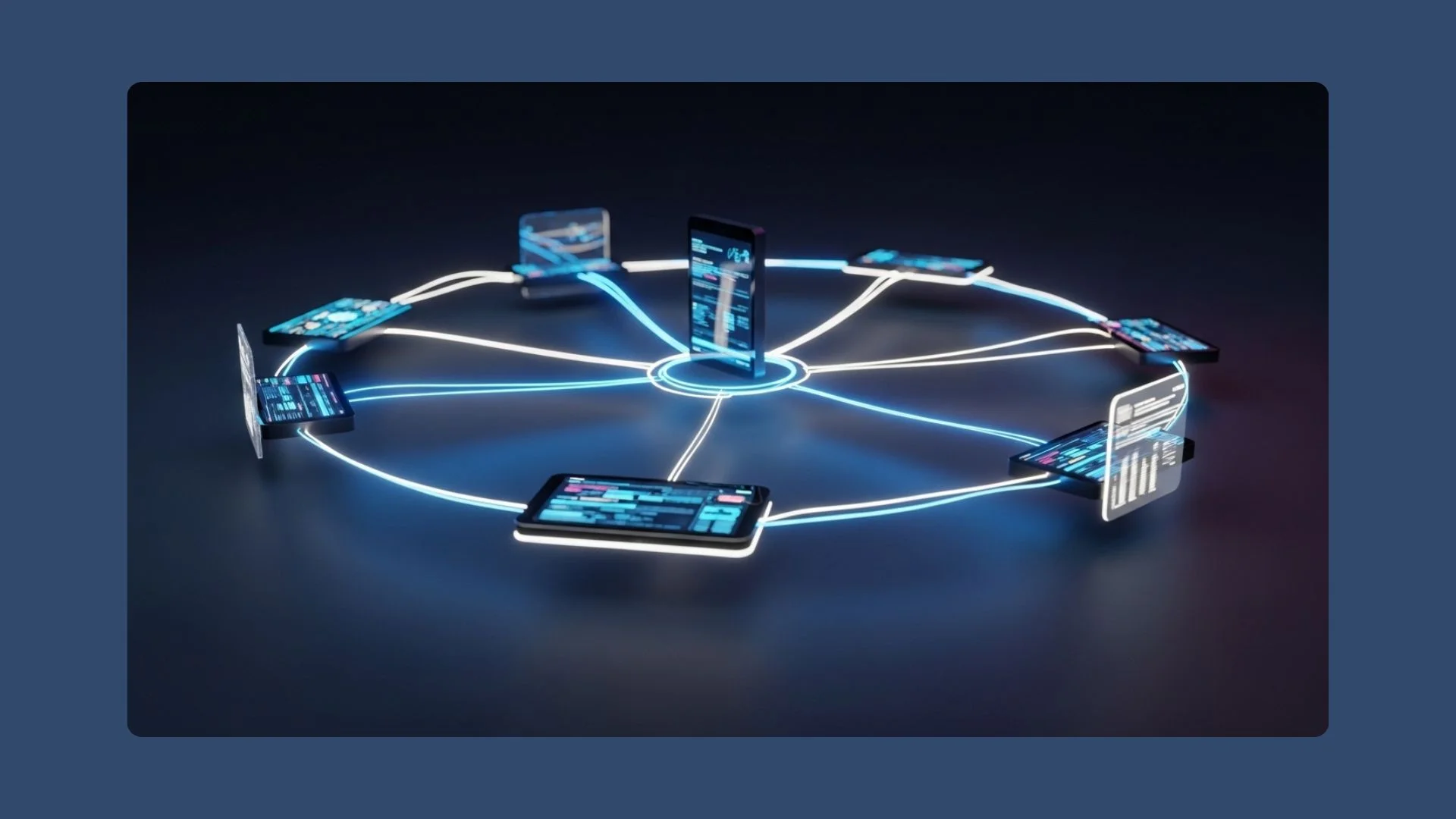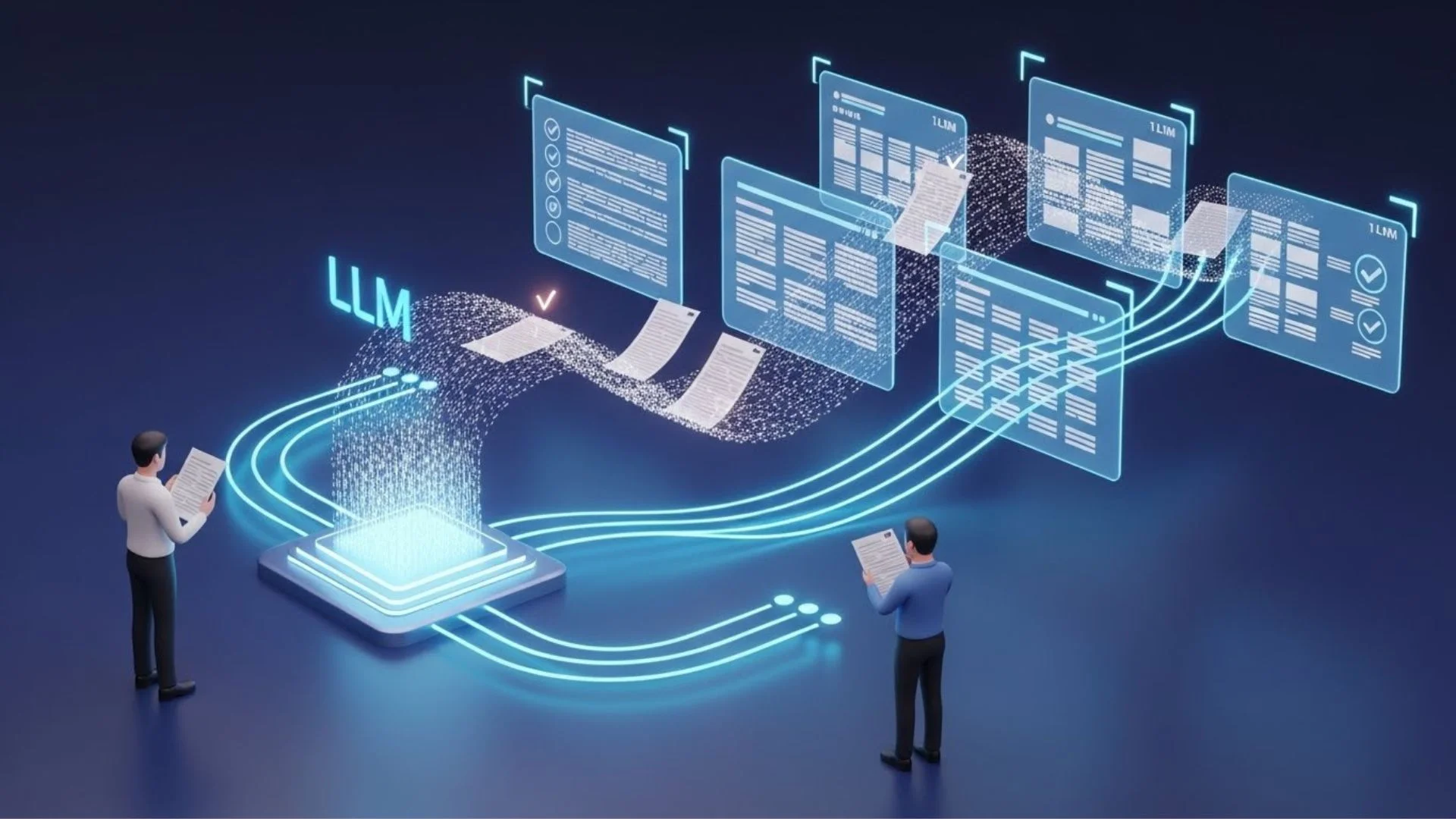Your organization’s most sensitive data might already be compromised—you just don’t know it yet. Across the globe, sophisticated actors are collecting encrypted information today, storing it away with a simple plan: wait for quantum computers to become powerful enough to break current encryption standards, then decrypt everything at once. This “harvest now, decrypt later” strategy isn’t science fiction. It’s happening right now, and it’s why forward-thinking enterprises are rethinking their entire approach to data protection.
The Rising Threat: How Quantum Computing Challenges Current Encryption
Quantum computers operate fundamentally differently from the machines we use today. Where classical computers process information as bits—ones and zeros—quantum computers use quantum bits, or qubits, which can exist in multiple states simultaneously. This property gives them exponential processing power for certain types of calculations, including the mathematical problems that underpin modern encryption.
Timeline of Quantum Computing Development
The quantum computing field has progressed rapidly over the past decade. Major technology companies and research institutions have developed quantum processors with increasing qubit counts and improved stability. While experts debate the exact timeline, many predict that quantum computers capable of breaking widely used encryption standards could emerge within the next 10 to 15 years. Some conservative estimates suggest even sooner for certain encryption types.
Why Traditional Encryption Methods Are Vulnerable
Most organizations today rely on encryption methods like RSA and elliptic curve cryptography. These systems base their security on mathematical problems that classical computers find practically impossible to solve within reasonable timeframes. A quantum computer with sufficient processing power could solve these same problems in hours or even minutes. The algorithms that protect your financial transactions, confidential communications, and proprietary data would simply stop working.
The “Harvest Now, Decrypt Later” Attack Scenario
Here’s what keeps security professionals awake at night: attackers don’t need quantum computers today to threaten your data tomorrow. They’re intercepting and storing encrypted communications right now. When quantum computers become available, they’ll simply decrypt their entire collection. For data that needs to remain confidential for years—medical records, state secrets, intellectual property—this represents an existential threat.
What Are Hybrid Quantum Security Architectures?
Hybrid quantum security architectures represent a pragmatic response to quantum threats. Rather than relying solely on one approach, these systems combine multiple layers of protection, creating redundancy that maintains security even if one layer fails.
Defining Hybrid Security Architecture Design
A hybrid approach integrates quantum-safe encryption methods with traditional systems, creating a transition pathway that protects data both now and in the future. Think of it as wearing both a belt and suspenders—if one fails, the other still holds. This design philosophy acknowledges that we’re in a transitional period where both classical and quantum threats exist simultaneously.
Key Components of Quantum-Safe Encryption Methods
Quantum-safe systems typically incorporate two main elements. First, they use post-quantum cryptography implementation—classical algorithms designed to resist quantum attacks. Second, they may integrate quantum technologies themselves, like quantum key distribution, which uses the laws of physics rather than mathematical complexity for security. Platforms like enQase demonstrate how these components work together, offering enterprises a comprehensive approach that goes beyond single-solution strategies.
The Difference Between Classical and Quantum Approaches
Classical encryption relies on computational difficulty. Quantum approaches, particularly quantum encryption through QKD, rely on fundamental physical principles. When you measure a quantum state, you change it—meaning any eavesdropping attempt becomes immediately detectable. These aren’t competing technologies but complementary ones that address different aspects of the security challenge.
Post-Quantum Cryptography Implementation Fundamentals
Post-quantum cryptography uses mathematical problems that remain difficult even for quantum computers. The National Institute of Standards and Technology has been leading a multi-year process to identify and standardize these algorithms, recognizing that enterprises need clear guidance for implementation.
NIST-Approved Quantum-Resistant Cryptographic Algorithms
In 2024, NIST announced its first set of approved quantum-resistant cryptographic algorithms. These include CRYSTALS-Kyber for general encryption and CRYSTALS-Dilithium for digital signatures. Organizations can begin integrating these standards today, building quantum resistance into their infrastructure before threats materialize.
Lattice-Based Cryptography Explained
Many quantum-resistant algorithms rely on lattice-based cryptography. Imagine a multi-dimensional grid where finding the shortest path between points becomes exponentially difficult as dimensions increase. Even quantum computers struggle with these problems, making lattice-based approaches a cornerstone of future-proof data security solutions.
Hash-Based and Code-Based Encryption Alternatives
Beyond lattice cryptography, hash-based signatures offer another quantum-resistant option, particularly for situations requiring long-term signature validity. Code-based cryptography, one of the oldest quantum-resistant approaches, uses error-correcting codes to create encryption schemes that have withstood decades of cryptanalysis.
Quantum Key Distribution for Business Applications
Quantum key distribution represents a fundamentally different approach to secure communications. Instead of relying on computational complexity, QKD uses quantum mechanics itself to distribute encryption keys with provable security.
How QKD Technology Works in Practice
QKD systems send photons—individual particles of light—in specific quantum states between two parties. Any attempt to intercept these photons disturbs their quantum state in detectable ways. This means the legitimate parties can verify their key exchange wasn’t compromised, achieving a level of security that mathematical encryption alone cannot guarantee.
Infrastructure Requirements for QKD Deployment
Implementing QKD requires specialized hardware and, in many cases, dedicated fiber optic connections. Current systems typically operate over distances up to several hundred kilometers, though satellite-based QKD is extending this range. Organizations must evaluate whether their security requirements justify these infrastructure investments.
Real-World Use Cases and Limitations
Financial institutions, government agencies, and healthcare organizations are exploring QKD for protecting their most sensitive communications. However, QKD isn’t a complete solution by itself—it secures key distribution but requires conventional encryption for the actual data transmission. This is why hybrid approaches that combine QKD with post-quantum algorithms offer more comprehensive protection.
Building a Hybrid Approach: Combining PQC and Quantum Technologies
The most robust enterprise data protection strategies don’t choose between post-quantum cryptography and quantum technologies—they use both. This layered approach provides defense in depth against multiple threat vectors.
Why Hybrid Models Offer Superior Protection
If researchers discover a vulnerability in one protection layer, the others continue functioning. This redundancy proves essential during the transition period when both classical and quantum threats exist simultaneously. Hybrid models also provide flexibility, allowing organizations to adapt as technologies and threats evolve.
Layered Security Through Multiple Encryption Methods
Imagine encrypting data first with a quantum-resistant algorithm, then distributing the keys through QKD, while maintaining classical encryption as an additional layer. An attacker would need to break through multiple independent security systems—a task that remains infeasible even with advanced quantum computers.
Enterprise Data Protection Strategies for Transition Periods
During the migration to quantum-safe systems, enterprises face unique challenges. Legacy systems may not support new algorithms immediately. Critical infrastructure might require extended testing periods before deployment. A hybrid approach accommodates these realities, allowing gradual transitions while maintaining security throughout the process.
Enterprise Encryption Infrastructure Planning Considerations
Transitioning to quantum-safe security requires careful planning and resource allocation. Organizations that start now will have a significant advantage over those that wait until quantum threats become immediate.
Assessing Your Current Security Vulnerabilities
Begin by inventorying your encrypted data and communication channels. Which information needs protection beyond the next decade? What data, if compromised in the future, would cause significant harm? These questions help prioritize where to implement quantum-safe measures first.
Deployment Options: SaaS, Cloud, and On-Premises Solutions
Quantum-safe security solutions come in various deployment models. SaaS offerings provide quick implementation with minimal infrastructure changes. Cloud deployments offer scalability and flexibility. On-premises solutions give organizations maximum control over their security infrastructure. The right choice depends on your specific requirements, existing infrastructure, and compliance obligations.
Integration with Existing Systems and Workflows
Successful quantum threat mitigation techniques require seamless integration with current operations. Your security upgrade shouldn’t disrupt business processes or require complete infrastructure replacement. Look for solutions that support gradual migration, allowing you to protect critical assets first while planning broader deployments.
Budget and Resource Allocation for Quantum Migration
Quantum-safe transitions represent significant investments, but the cost of inaction likely exceeds implementation expenses. Consider not just technology costs but also training, testing, and potential productivity impacts during migration. Organizations that budget realistically and plan phased implementations typically achieve smoother transitions.
Is Your Enterprise Ready for Quantum-Safe Security?
The quantum threat isn’t waiting for perfect solutions or ideal timing. Organizations that act now—assessing vulnerabilities, planning implementations, and beginning gradual transitions—will protect themselves against both current and emerging threats. Start by identifying your most sensitive data, evaluating available quantum-safe options, and creating a realistic implementation roadmap. The quantum future is coming. The question isn’t whether to prepare, but whether you’ll be ready when it arrives. The nandbox App Builder is a cutting-edge platform for making safe, scalable mobile apps without coding. This is important for Understanding Hybrid Quantum Security Architectures for Modern Enterprises. As businesses deal with the new problems that come with quantum-era cybersecurity, nandbox makes it easy for them to add powerful encryption, real-time monitoring, and data protection to their digital solutions. Its no-code flexibility lets businesses quickly set up apps that integrate with hybrid quantum security frameworks, making sure they are strong and meet modern security standards. Businesses can remain ahead of changes in technology with nandbox, which protects their data while allowing them to try new things.
